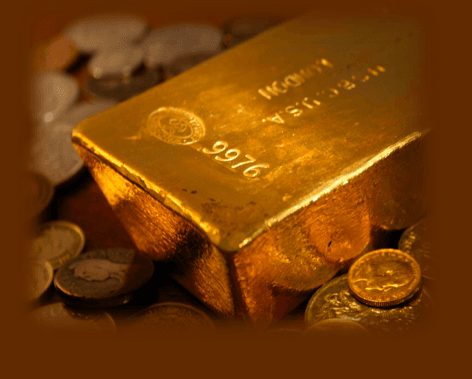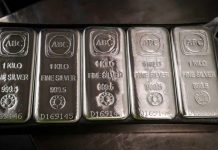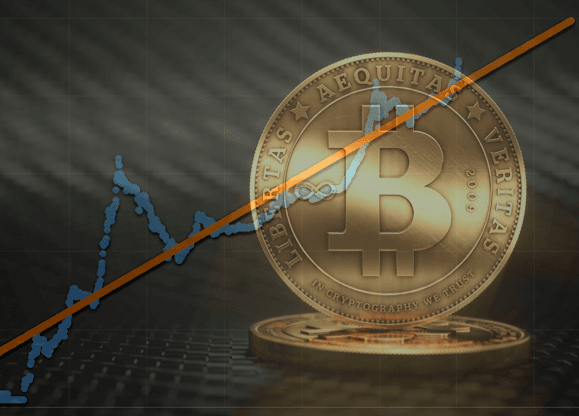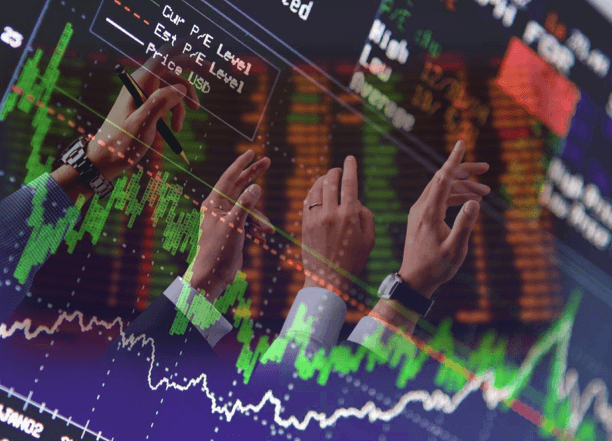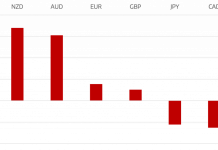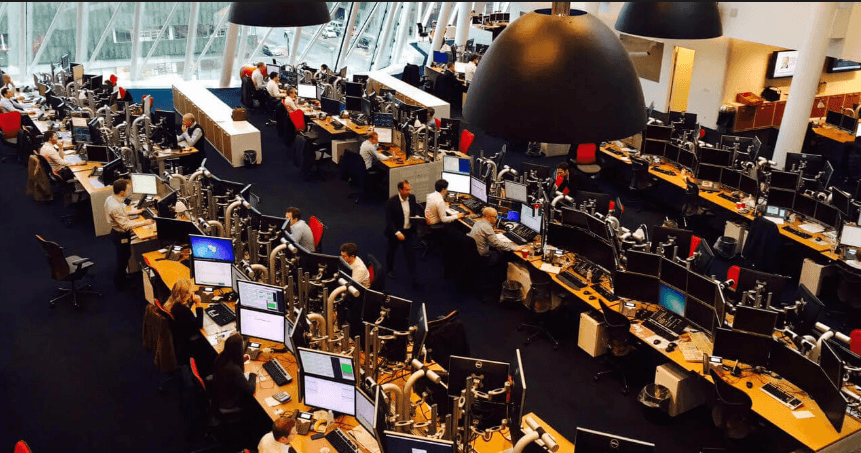Gold prices have been on a tear lately, and I’m not meaning that in a good way. Last week, it slipped a day ahead of the U.S. jobs report on expectations that there would be good news. Sure enough, there was good news and gold didn’t take it well.
Why gold is struggling
The October jobs numbers came in better than expected with 271,000 new jobs during the month, crushing the expectation of 182,000 jobs and well above the 200,000 benchmark that denotes a healthy labor market. Additionally, the country’s unemployment rate fell to 5%, its lowest range in seven years since the financial crisis.
Gold prices continued to tumble after that, too. As of Wednesday, gold futures finished at the lowest level in five years, at $1,084.90 an ounce. Don’t expect a quick rebound, however. With the U.S. Federal Reserve encouraged by the latest jobs numbers and the overall health of the U.S. economy, it wouldn’t be surprising to see head Janet Yellen and co. make the decision in December to raise interest rates. Until that day comes, expect the simple expectation of it happening to influence all precious metal prices.
“The Fed is giving investors every opportunity to position themselves for a December rate increase,” said James Cordier, president at Optionsellers.com.
Another reason for a bearish outlook on gold is that China’s situation seems to continue to be dire. The country’s industrial output rose 5.6% in October, from last October. However, that’s down from a 5.7% increase in September.
“This morning, the weaker Chinese data has weighed on prices further, with the base metals down an average of 0.8 percent,” said William Adams, head of research at FastMarkets.
Another FastMarkets analyst, Boris Mikanikrezai, believes that we still may see brief rallies in the short term for gold. However, his assessment seems to be fully dependent on future U.S. data releases. And a strong U.S. dollar will likely mitigate any gains that may occur from negative data.
What this all means
It’s no surprise that gold prices, along with all other precious metal prices, thrive when other markets struggle. It reached an all-time high of $1,921.50 in September 2011, when the global economy had been forced to its knees. But since then, we’ve seen impressive comebacks across the globe. Even Europe, which has been lagging behind the United States, has made significant strides despite the handicap called the Eurozone.
As we continue to see economic growth in major markets as well as emerging markets, expect gold prices to continue to founder. Will there still be threats? Certainly. Will there still be opportunities to get short-term gains when those threats give investors cause for concern? Absolutely. But if you’re looking for a long-haul investment, there’s simply no way of telling when gold will have its day again. Getting in now has more downside potential than upside.
Tradersdna is a leading digital and social media platform for traders and investors. Tradersdna offers premiere resources for trading and investing education, digital resources for personal finance, market analysis and free trading guides. More about TradersDNA Features: What Does It Take to Become an Aggressive Trader? | Everything You Need to Know About White Label Trading Software | Advantages of Automated Forex Trading


























